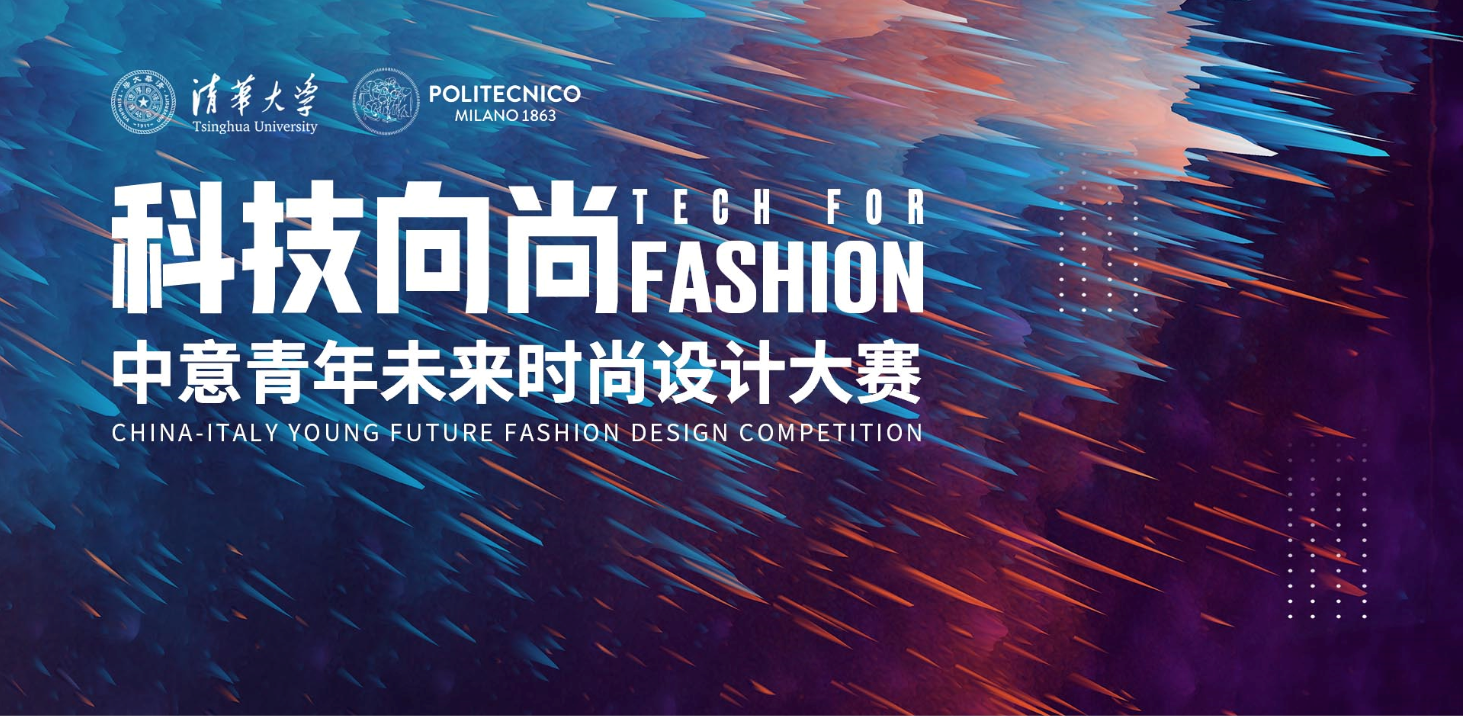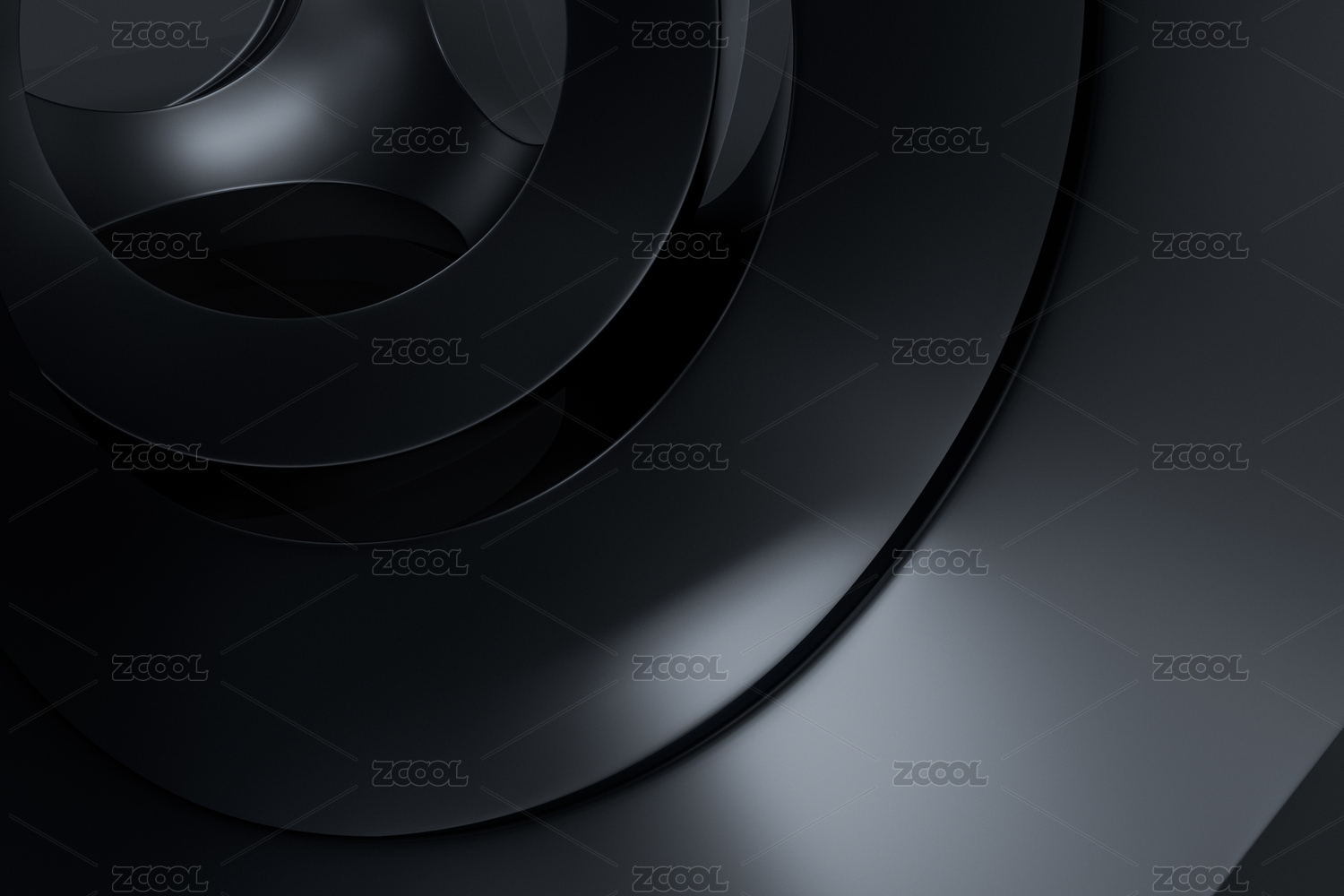栏目简介
2020年是中意两国建交50周年,清华大学与米兰理工大学联合发起“中意青年创新创业年”,并联合举办中意青年未来时尚设计大赛。为了更好的激发青年创新者的热情、交流创新经验,我们推出《新锐力量》栏目,将要采访100名国内外活跃于设计创新领域的青年人,并附上编辑评语,分享给广大读者互相学习、共同进步。
——————————————
编者语
Charlie Boyle的观点充满着职业设计师的理性与中立。强调功能,聚焦于所要解决的问题和现有的机制,致力于为用户提供更多积极的价值,努力平衡用户体验和可制造性。我愿将这种理性理解为一种对于产品负责任的态度。(毕文立)
——————————————
英国产品设计工程师,毕业于伦敦布鲁内尔大学
——————————————
Q1
能向我们介绍一下你自己吗?
Can you introduce yourself?
我从小就特别好奇我们日常用的每一个产品是怎么构造的,所以我就特别喜欢把东西拆开,并尽力把它们装回去(不总是特别顺利)。
As a child I was always interested in how things worked and enjoyed taking things apart and trying my best to put them back together (not always successfully).
16岁时,我学到了3D设计,第一次接触到设计过程和产生和实验想法所需的思维方法。
At 16 I studied 3D design and was first exposed to the design process and thinking methods required to generate and experiment with ideas.
大学时我去伦敦布鲁内尔大学学习产品设计工程,在那里我遇到了许多和我有同样兴趣的人。这段经历让我学会了如何与他人合作,怎么听别人的想法,并利用反馈意见来发挥自己的优势,而不是因为这些意见感到羞愧。
I then went onto study Product Design Engineering at Brunel University London, where I met many people with the same interested as me. This experience taught me how to collaborate with others, listen to people ideas without interruption and use feedback to my advantage rather than taking it personally.
在犯了很多错误并与各种不同的人合作后,我继续研究、设计和开发我的最后一年的主要项目--Phloss。
Having made plenty of mistakes and worked with a variety of different people I went on to research, design and develop my final year major project, Phloss.
Phloss是一个为期9个月的设计过程,包括通过医学进行深入研究,与牙科专业人士进行初步研究,设计研讨会,行业评论,草图/原型设计,用户反馈会议等等。
Phloss was a 9 month design process that involved in-depth research through medical studies, primary research with dental professionals, design workshopping, industry reviews, sketching/prototyping, user feedback sessions and more.
这种多样的方法帮助我及早发现问题,并迅速犯了许多错误,这样我就可以把有潜力的概念抽出来,并加以完善。
This variety of methods helped me identify problems early and make many of my mistakes quickly so I could pull out the concepts that had potential and refine them.
在完成这个项目后,反响远比我预期的要好,赢得了2020年新设计师奖,成为设计情报奖的决赛选手,并被各种设计出版物所报道。这种积极的反馈也许是由于真实的设计过程和允许我的项目在有任何新发现时改变方向。设计以过程为主导。
Having finished the project the response was far better than I had expected, winning a New Designers 2020 award, becoming a finalist in the Design Intelligence Awards and being featured in a variety of design publications. This positive feedback was perhaps due to the authentic design process and allowing my project to change direction whenever I made any new discoveries. Design lead by process.
我现在在哥本哈根从事工业设计工作,以开发和研究我所热衷的项目为生。
I now work in Copenhagen as an industrial designer and make a living developing and researching project that I’m passionate about!
Q2
能谈一下你的设计过程吗?
Can you talk about your design process?
A:
我的设计过程从网上的深入研究开始,寻找与问题有关的科学论文,可靠的事实调查和市场研究是关键。
My design process begins with in depth research online, finding scientific papers related the the problem, reliable fact finding and market research are key.
然后我继续写/画一些我最初的想法,而不考虑形式/制造的限制。
I then go on to write/sketch some of my initial thoughts without considering form/manufacturing constraints.
我利用我周围的人,对最初的想法提出问题并收集反馈,这样我就能确定哪些是我应该进一步坚持。
Using the people around me I ask questions and gather feedback on initial ideas so I can identify which I should persue further.
然后,这个过程将精炼的概念和开发详细的草图和3D原型,以便它们可以再次与用户进行测试。
The process then takes the refined concepts and develops detailed sketches and prototypes in 3D so they can be tested with users once again.

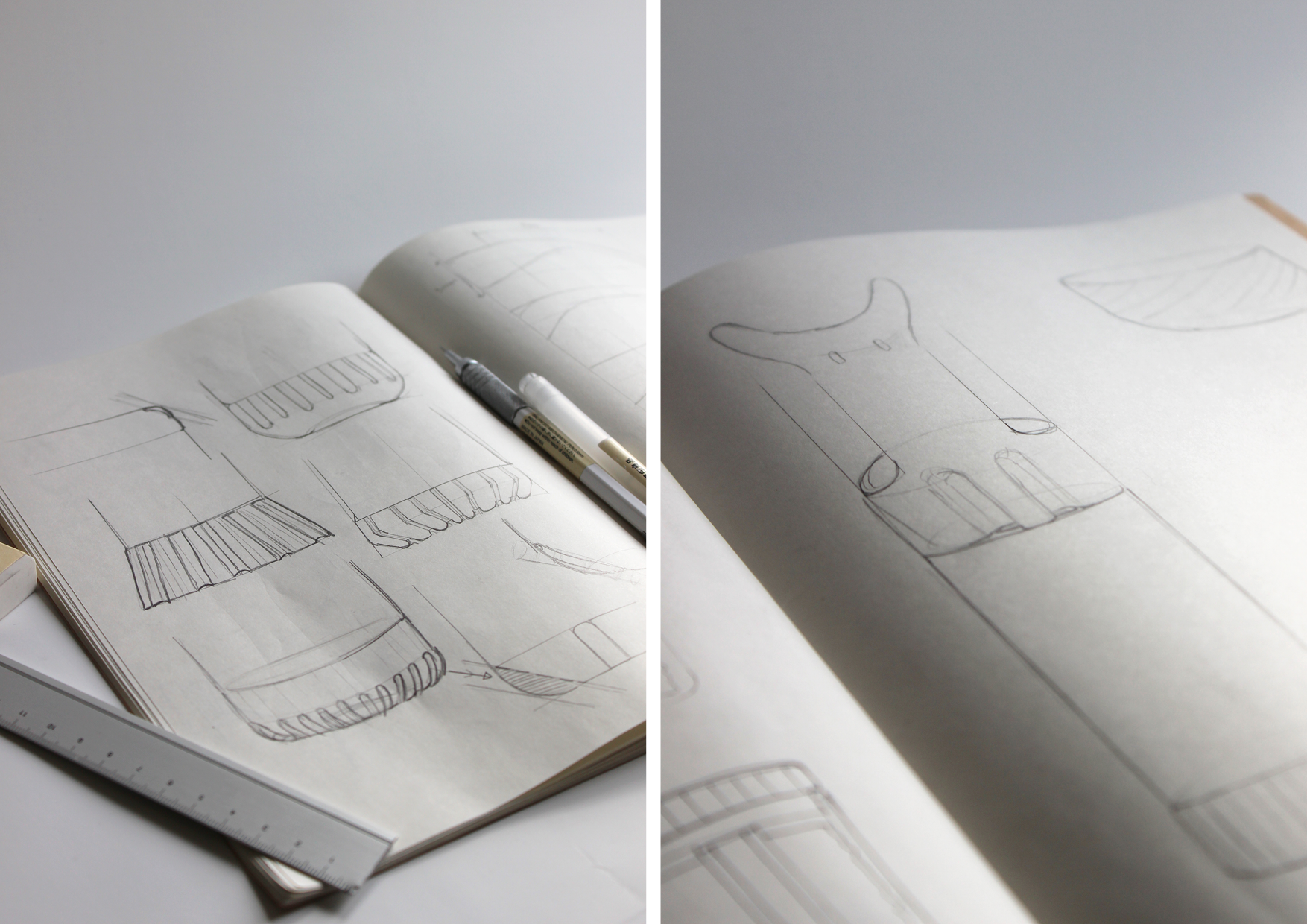
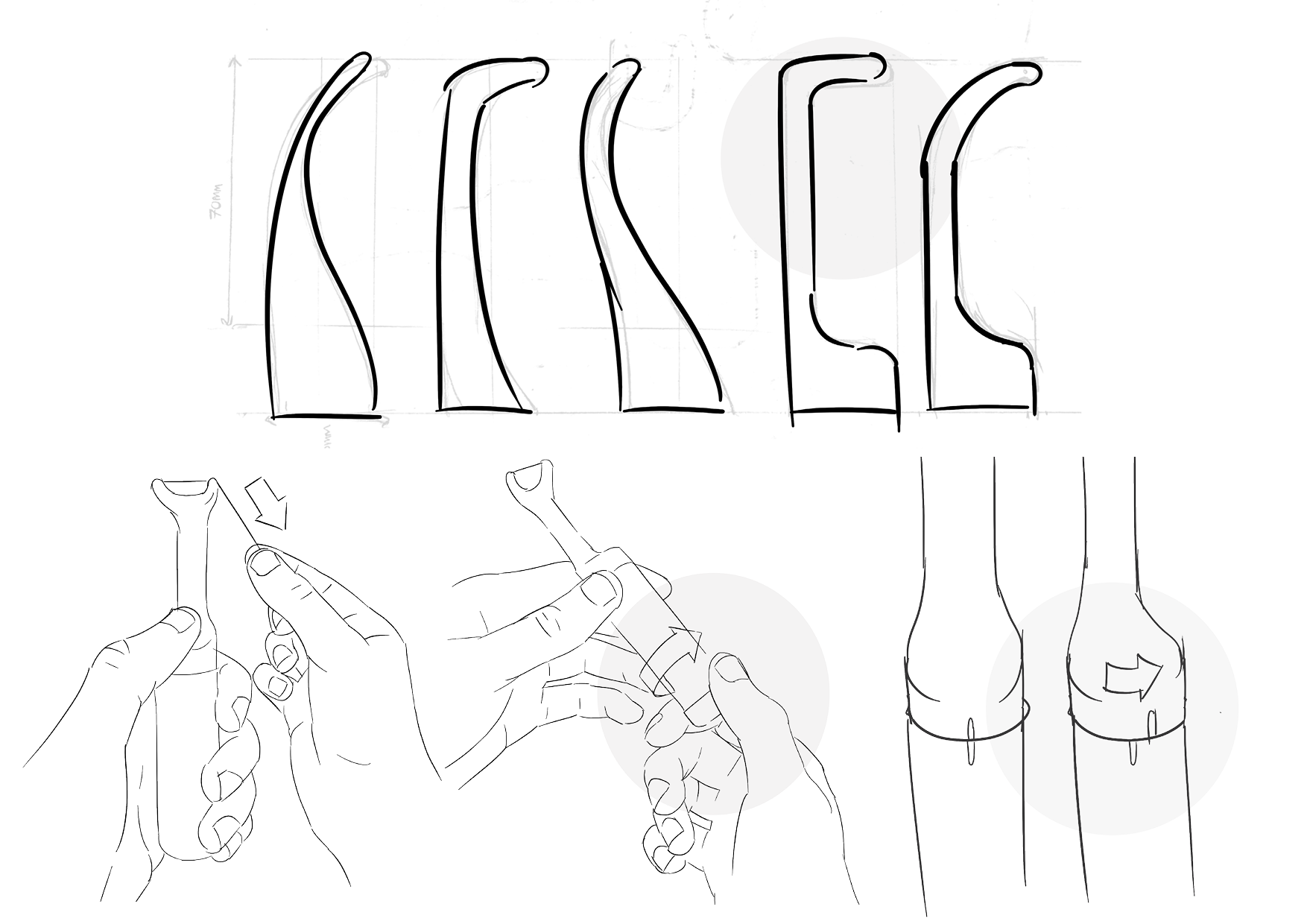
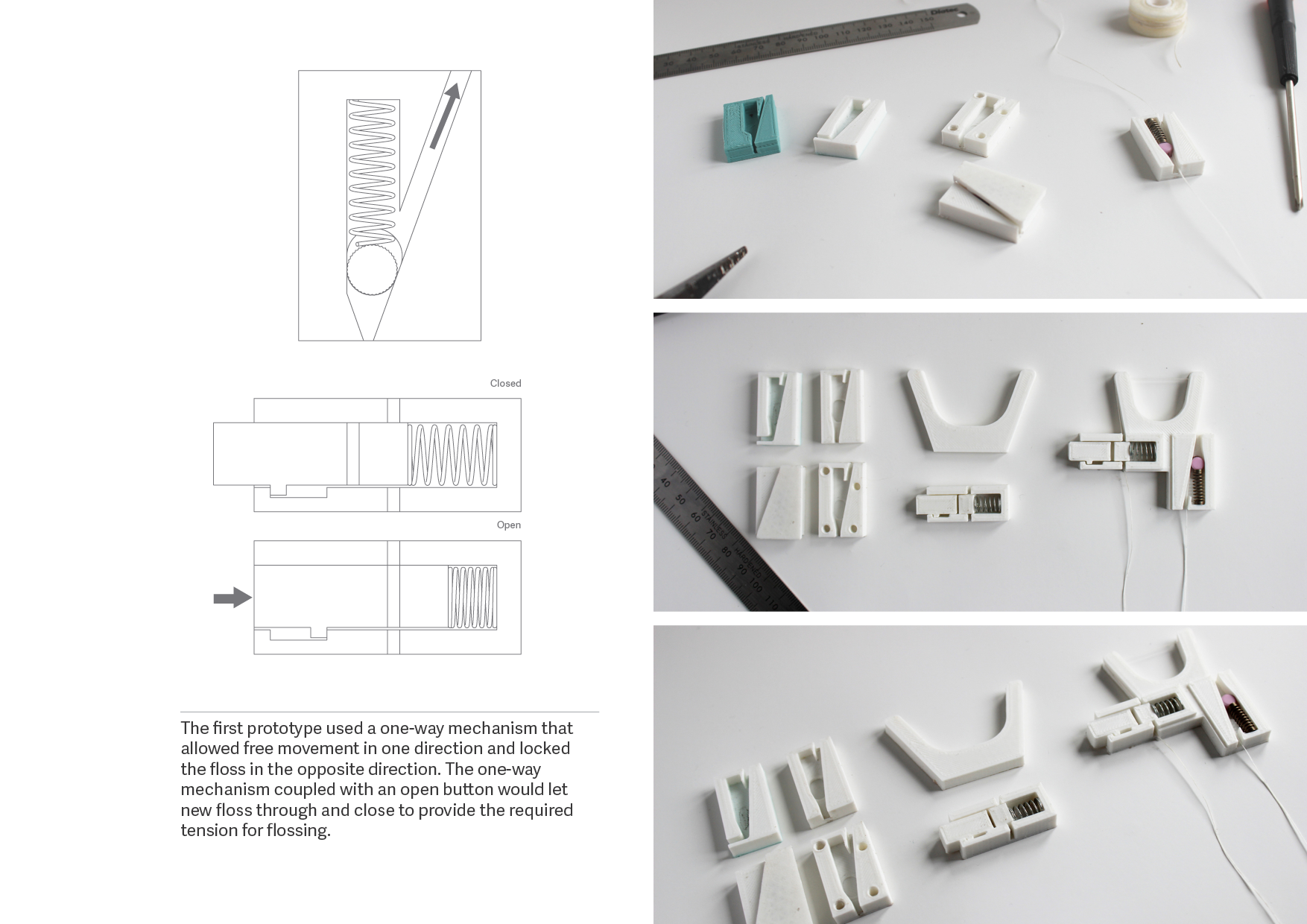

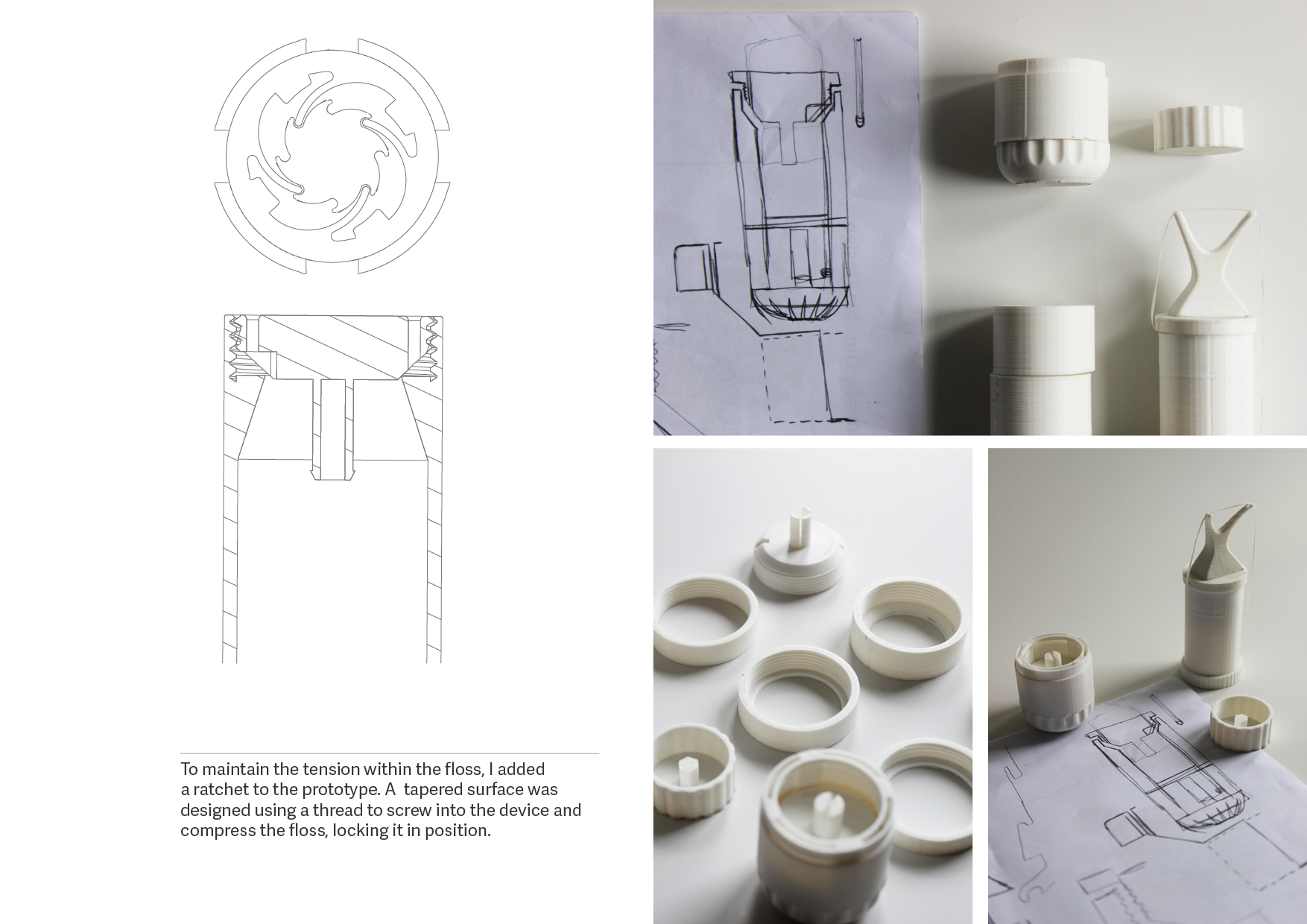
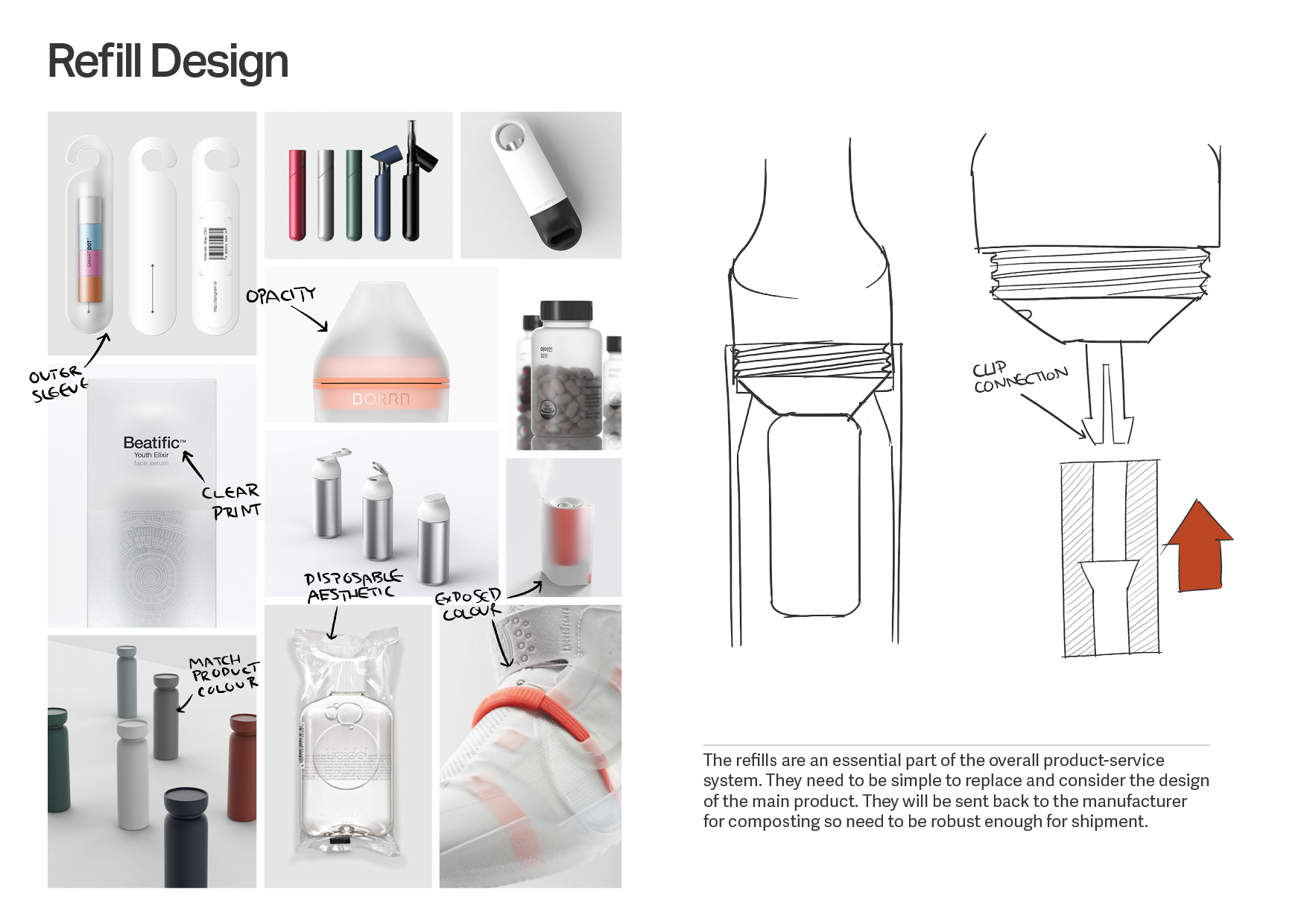


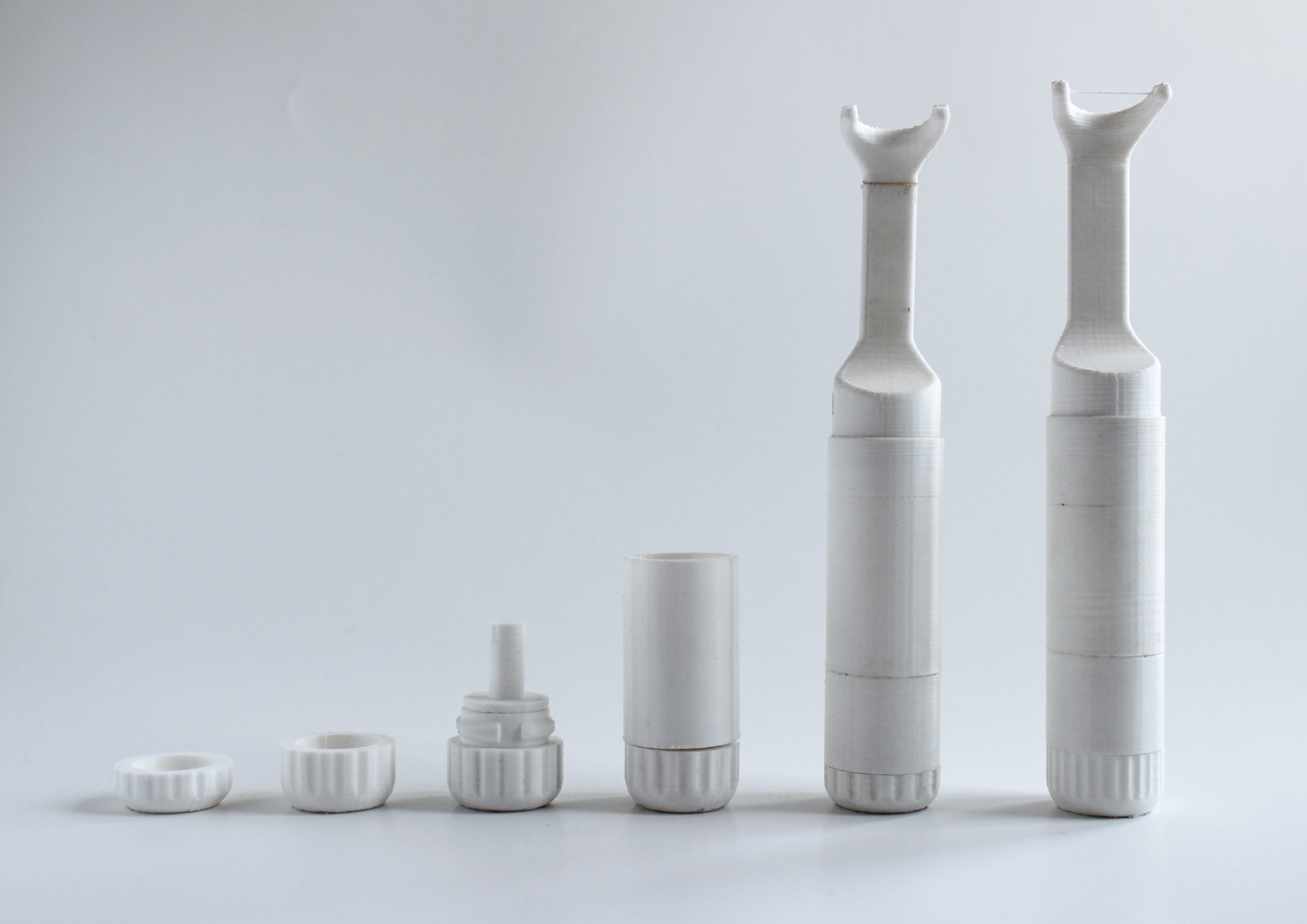
这个过程以循环方式继续进行,直到想法被打磨,并准备好用于制造考虑和产品渲染等。
This process continues in a circular fashion until the ideas have been polished and are ready for manufacturing considerations and product rendering etc.
虽然这只是粗略的设计框架,但这个过程很少被准确地遵循。问题总是会发生,在某些阶段被卡住是不可避免的。我的诀窍在于,始终参考设计过程,并尝试继续度过没有灵感的时期。
The process then takes the refined concepts and develops detailed sketches and prototypes in 3D so they can be tested with users once again.
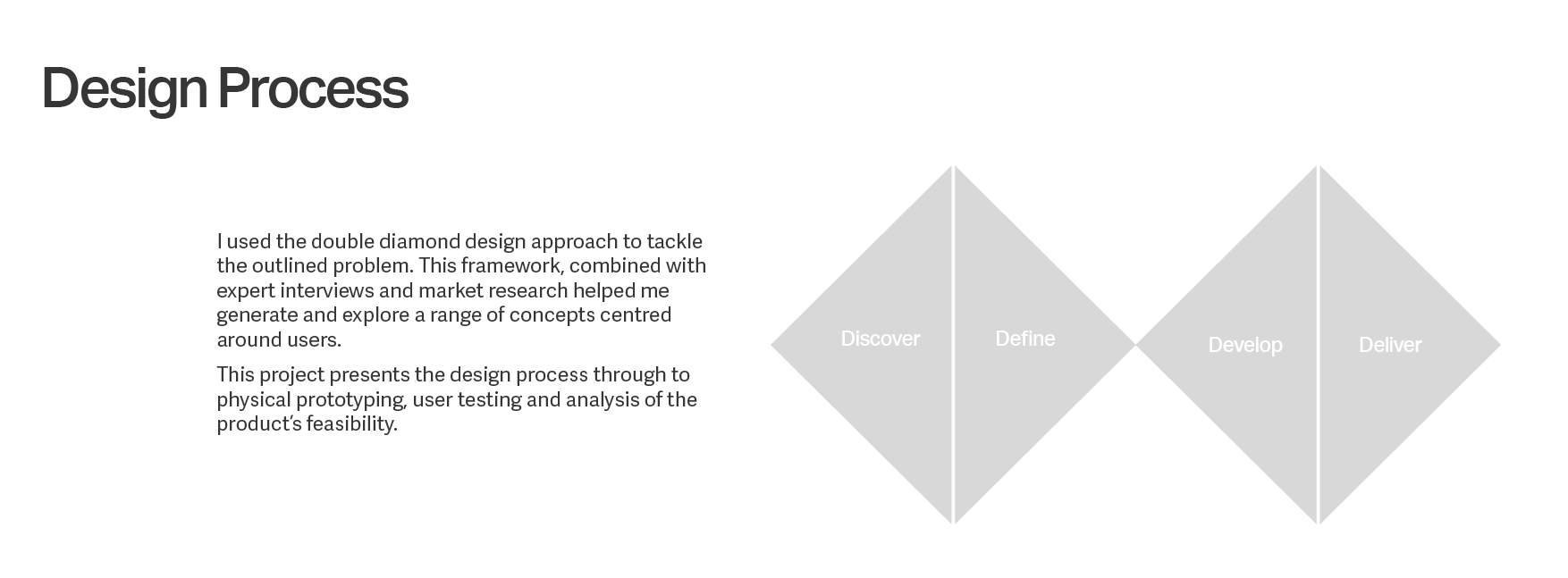 Q3
Q3
工业设计与其他设计领域有什么不同?
How is industrial design different from other desing fields?
A:
工业设计涉及平衡用户体验和可制造性。这让我很感兴趣,因为我一直对产品的物理装配和制造感兴趣,但不是从完全的工程角度,同时也不是从完全的艺术/情感设计的角度出发。
Industrial design involves balancing user experience with manufacturability. This interests me because I’ve always been interested in the physical assembly and making of products but not from a completely engineering perspective nor a solely artistic/emotional design point of view.
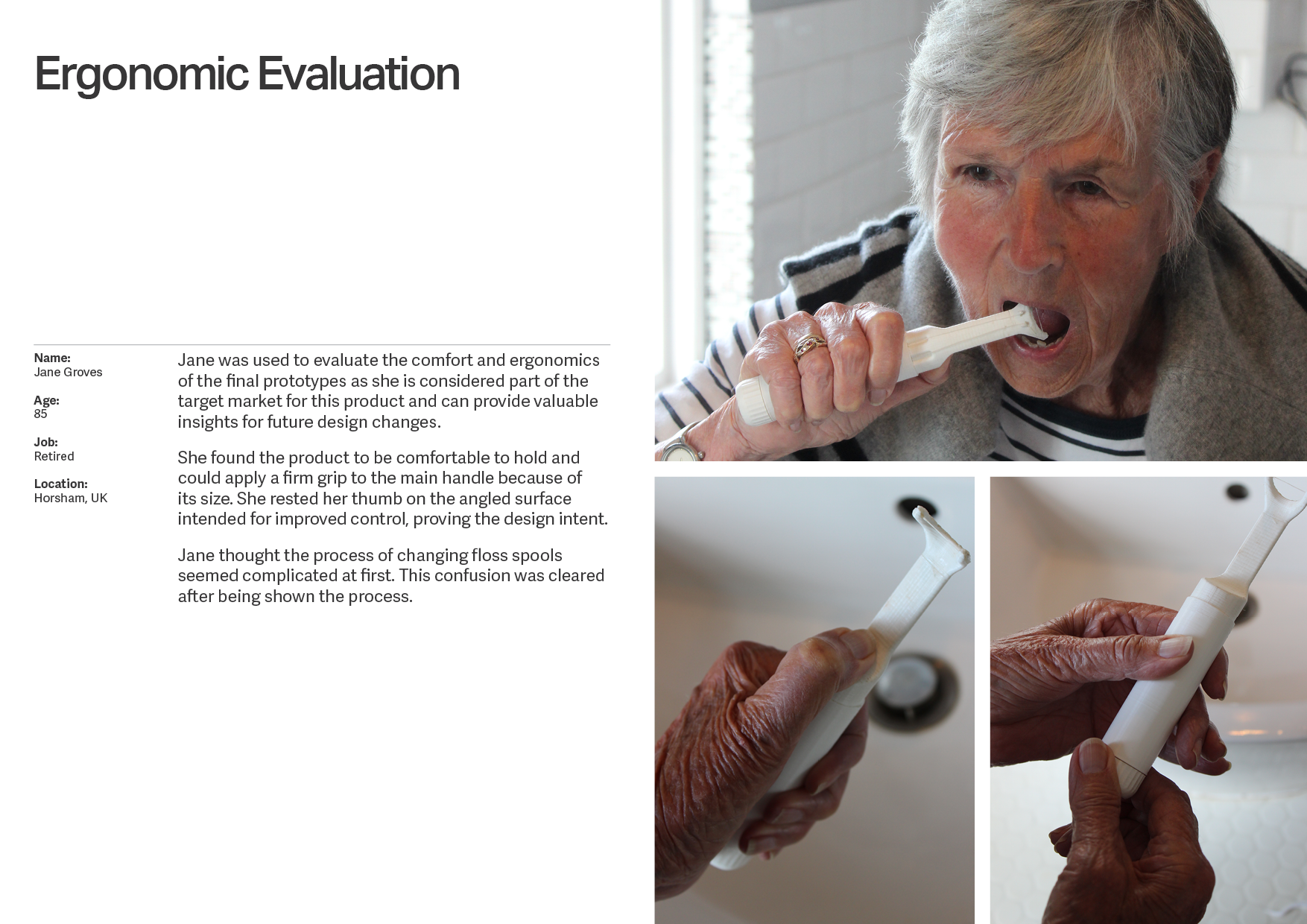
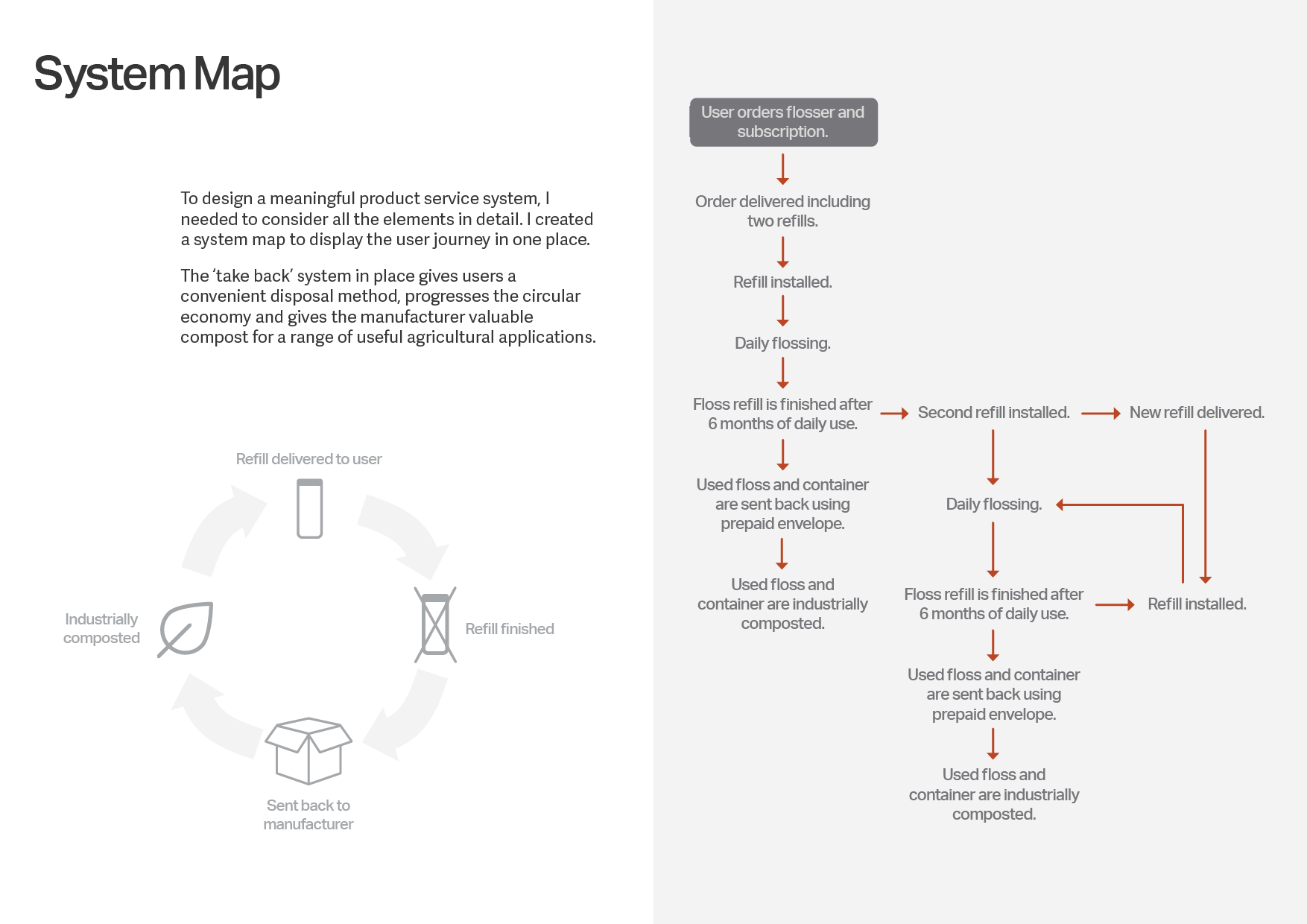
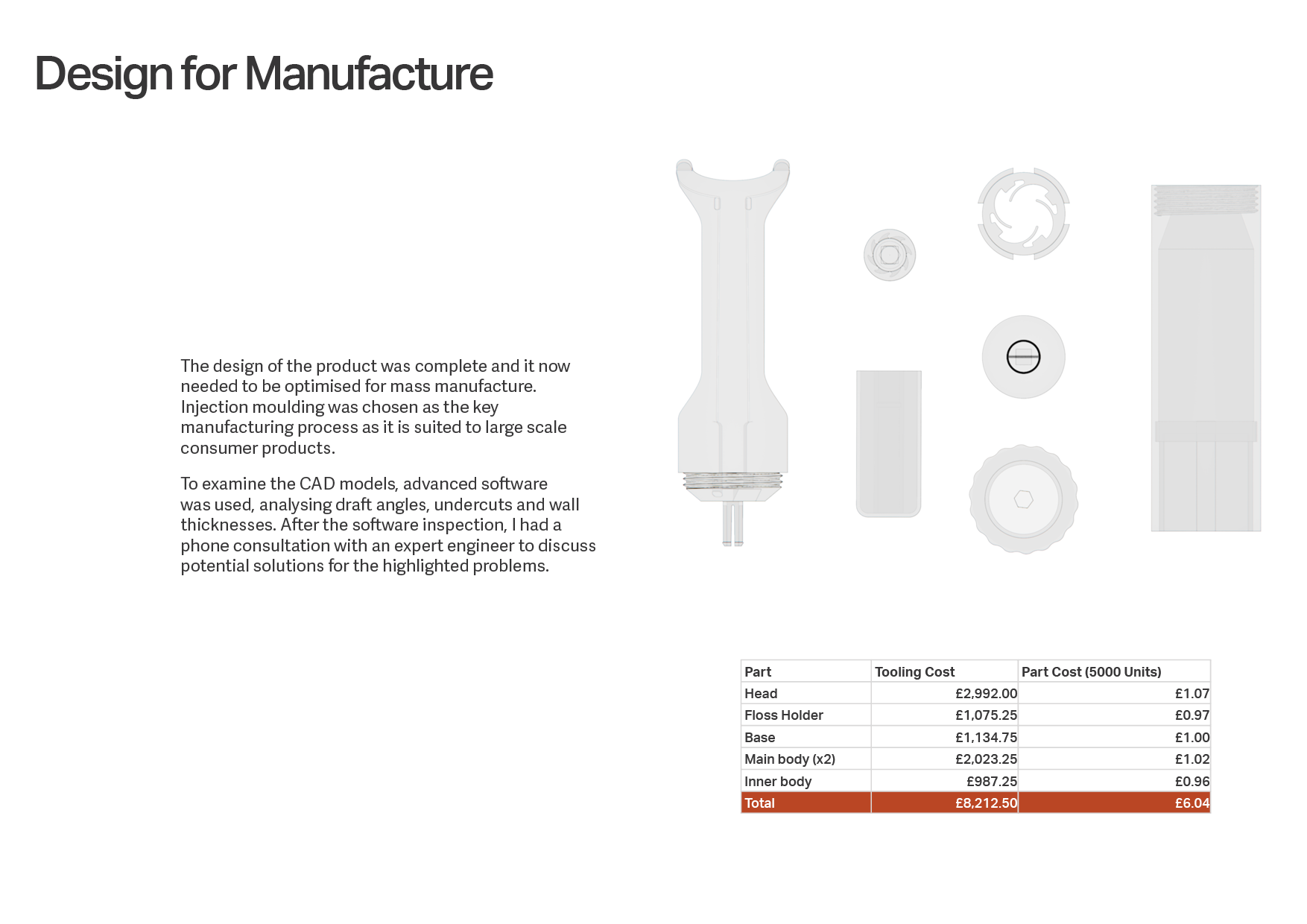

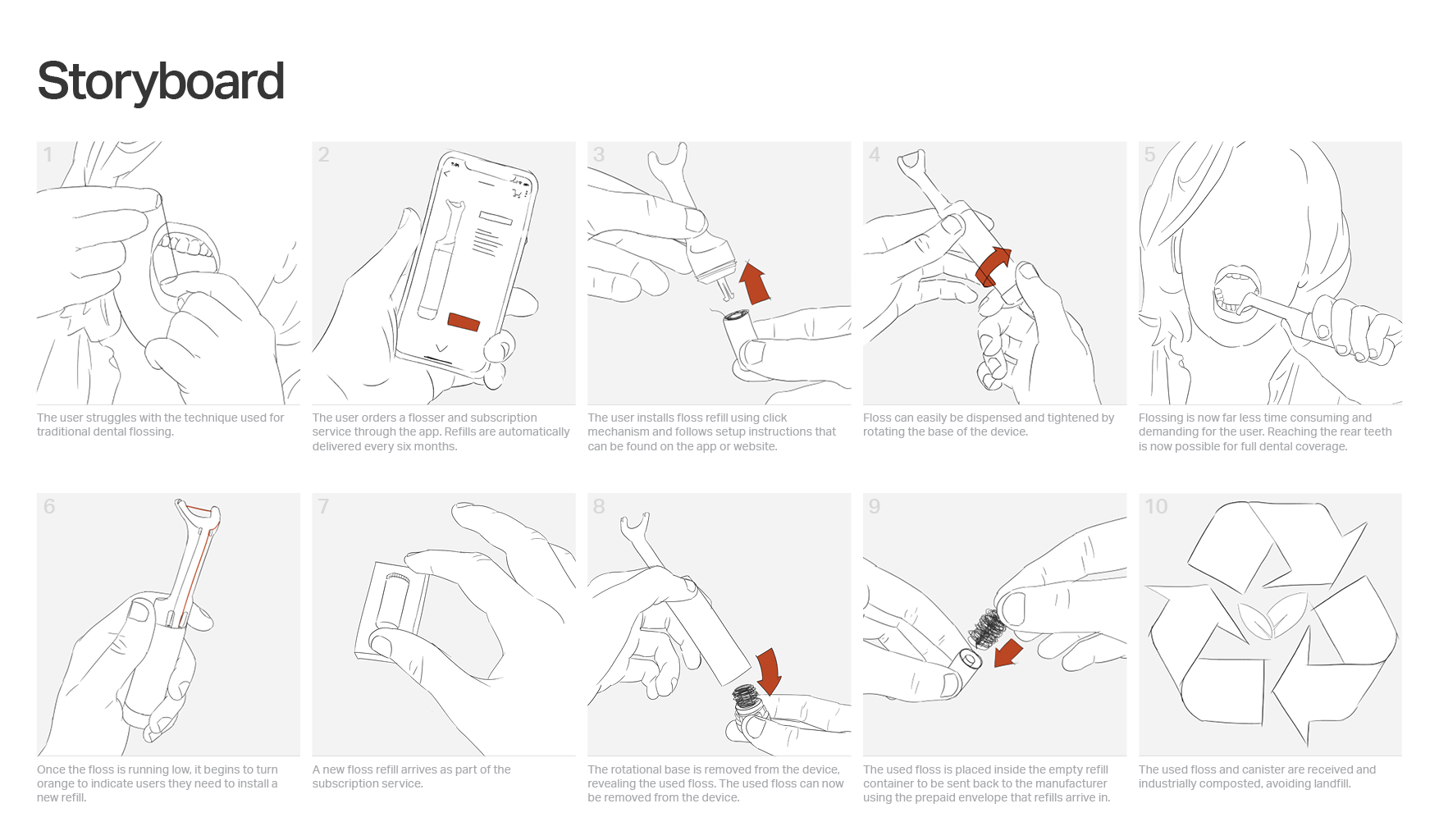
Q4
什么激发你的设计灵感?
What inspires you for your design?
A:
没有什么特别的东西能给我某个设计带来灵感,灵感可以来自任何地方。思考目前的问题解决方案和现有的机制,其实是一种很好的灵感来源。大自然也常常能赋予我灵感,我喜欢到其他地方旅行,看看类似的东西是如何以不同方式完成。
Nothing in particular inspires me for a certain design, the inspiration can come from anywhere. Current solutions to problems and existing mechanisms are good sources, as well as nature. I like travelling to other places and seeing how similar things are done differently.
Q5
你使用的主要设计工具是什么?你用它来做什么?
What is the main design tool you use? And what do you used it for?
A:
我使用的主要设计工具是Siemens NX CAD建模软件。它在设计过程的后期阶段发挥作用,但通常是时间最长的阶段。我永远不会了解该软件的全部功能,但它使我能够非常迅速地将我的想法以三维方式可视化,并将设计细节细化到可制造的程度。
The main design tool I use is Siemens NX CAD modelling software. It comes into play at the later stages of the design process but is usually the longest stage. I will never understand the full capabilities of the software but it allows me to visualise my ideas in 3D very quickly and detail designs to the point of manufacturability.
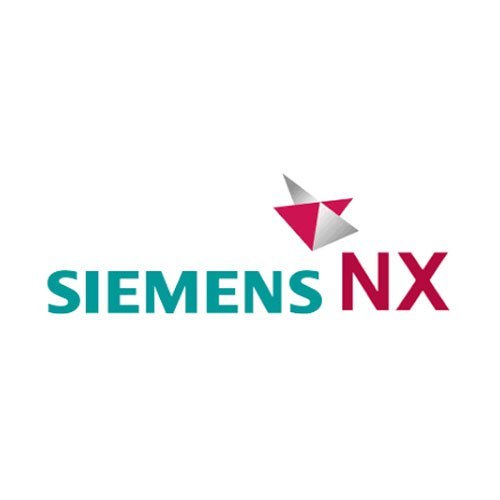
Q6
什么样的理念在工业设计领域应该是一直坚持下去的?
What idea should be everlasting in the industrial design field?
实用性性高于一切。如果一个人不能使用一个产品,无论其设计或技术有多么奇妙,它都是一个失败。
Usability before anything. If a person cannot use a product, no matter how fantastic the design or technology is, it is a failure.
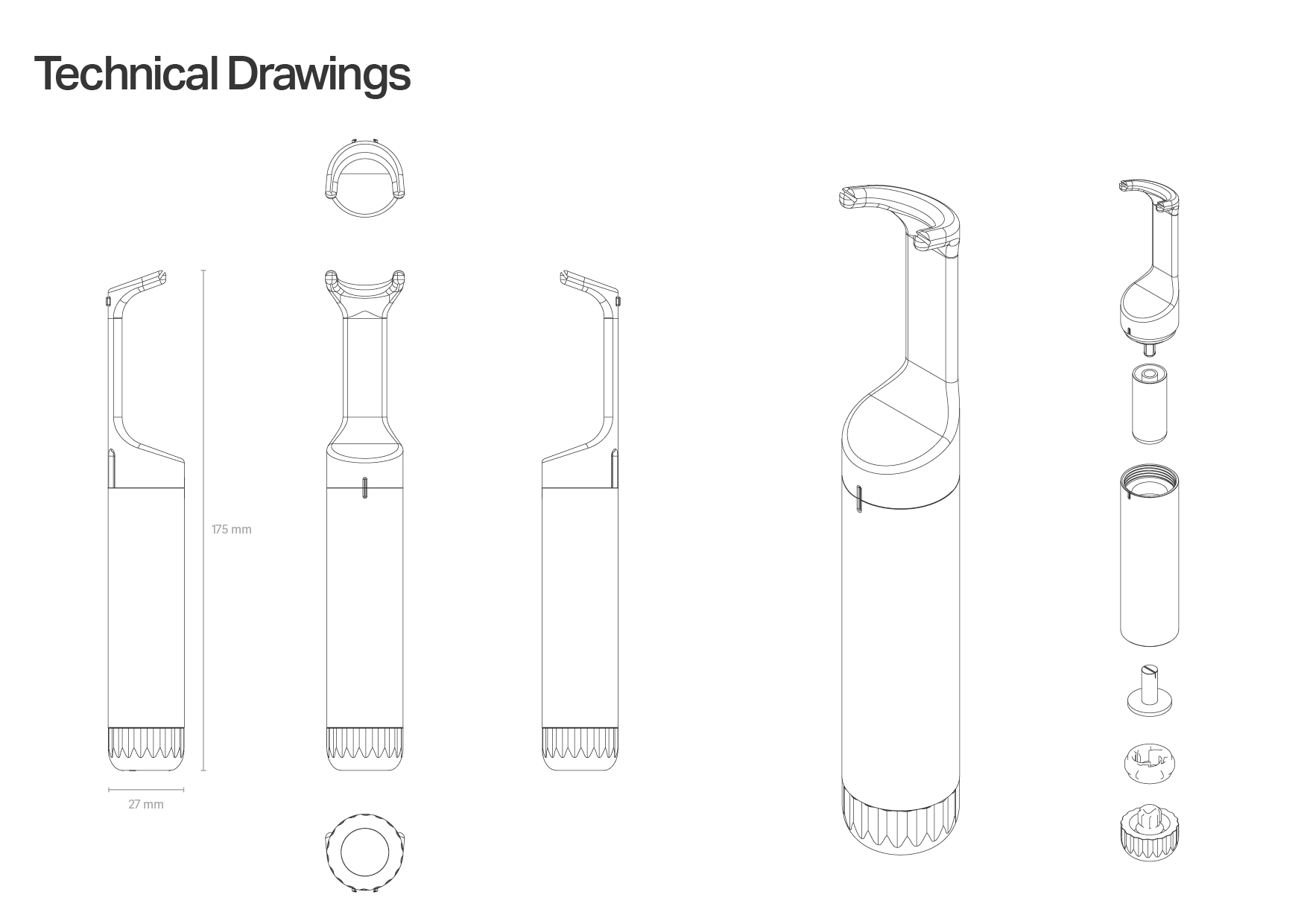
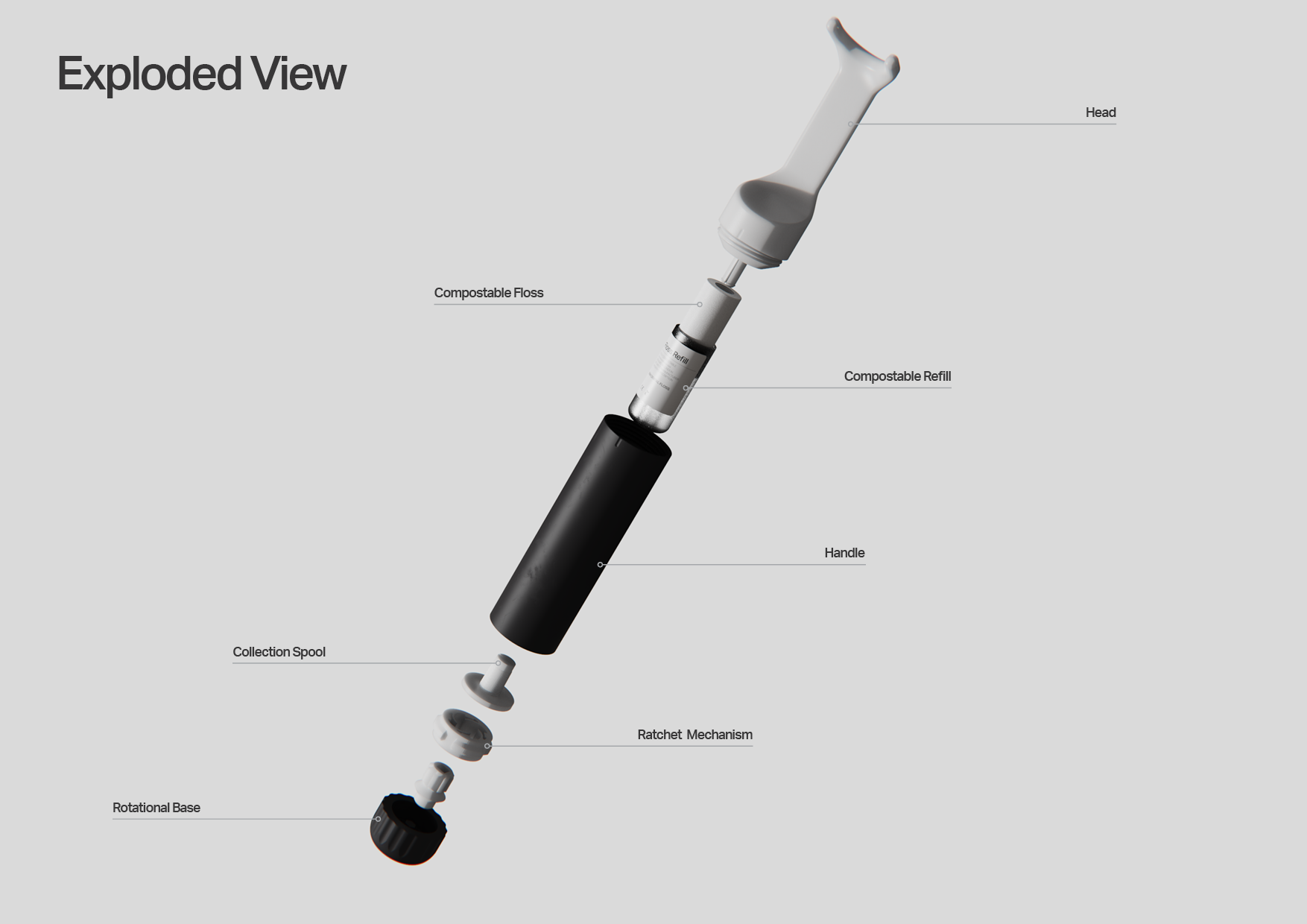
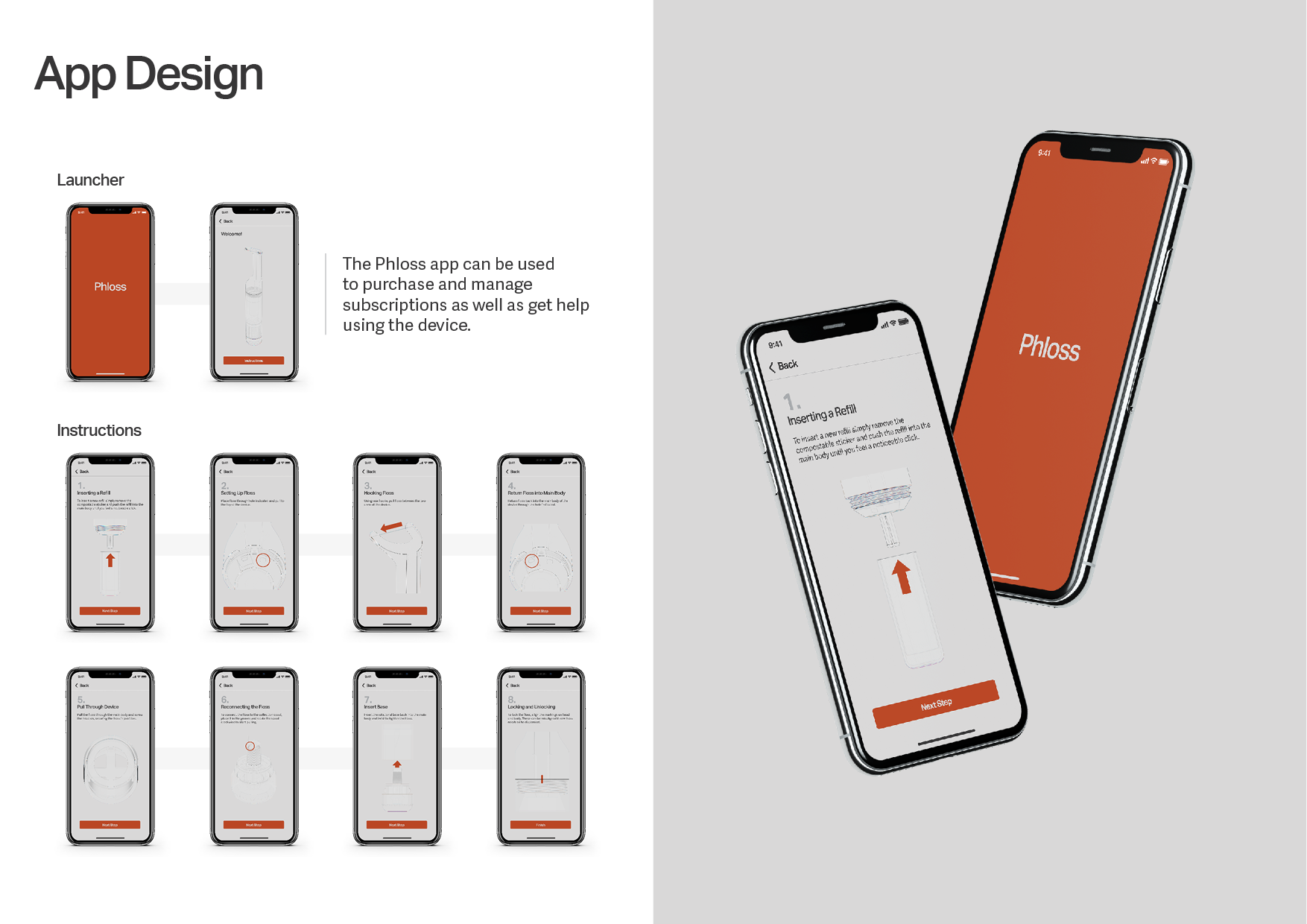
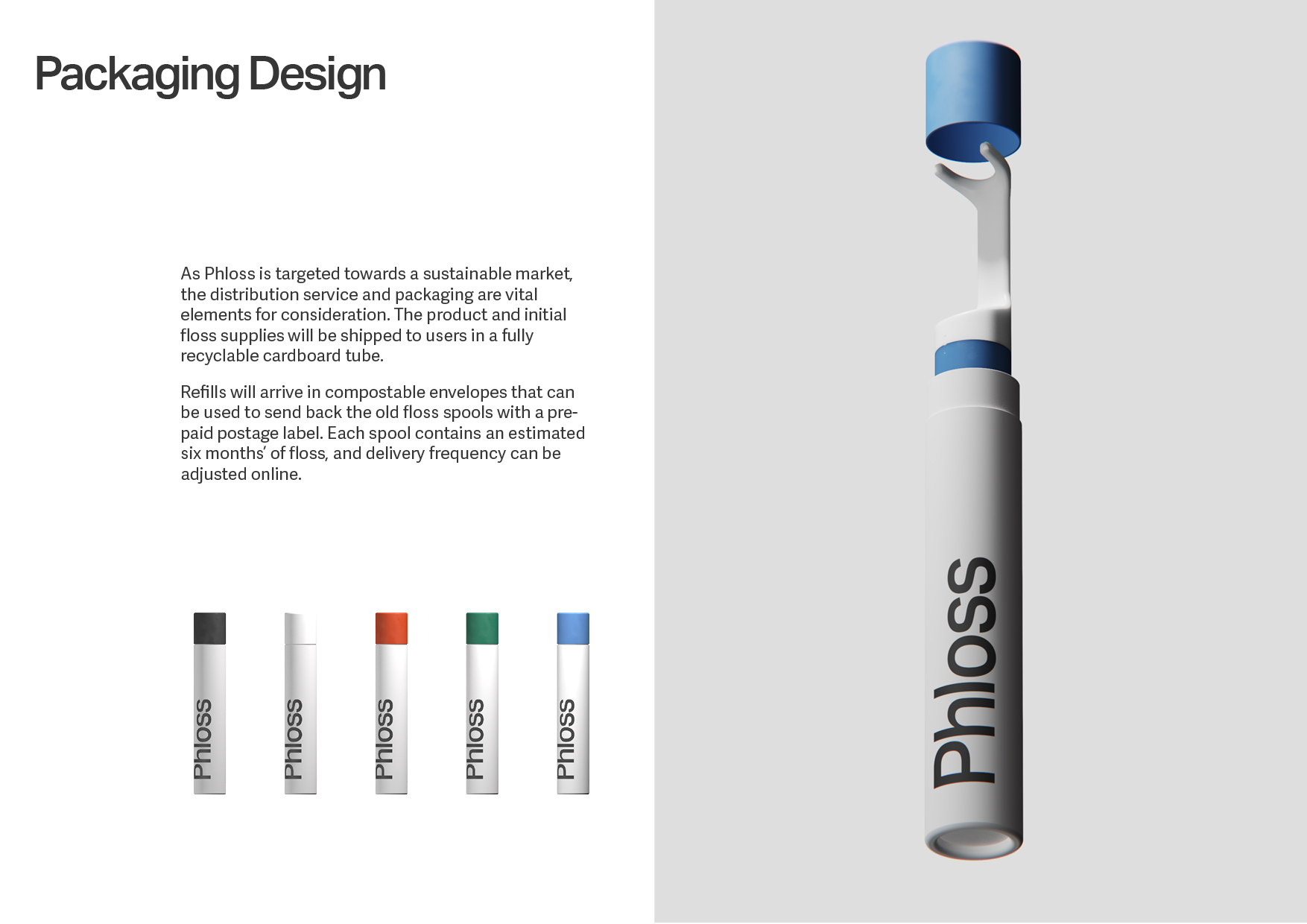

Q7
你做设计的最大目标是什么?
What is the main goal of your designs?
A:
为用户提供更多积极的价值,即每个产品都有不可避免的环境影响。
To provide more positive value for the user that the inevitable and unavoidable environmental impact every product has.
Q8
现在的技术是如何在影响设计领域?
How technology is affecting the design world now?
A:
技术的改进只是在改善产品和生产的设计过程。像VR CAD软件、3D打印和生成设计软件这样的技术正在加快进程,并使其更快地识别错误和进行小的改进。
毫不拖延。
Improvements in technology are only improving the design process for products and production. Tech like VR CAD software, 3D printing and Generative Design softwares are speeding up process and making it faster to identify mistakes and make minor improvements.
without delay.
在你的领域有哪些代表性的设计师是你喜欢的吗?为什么?
Do you know about any designers that are representative in your field that you like? And why?
A:
Cecilie Manz是一位来自哥本哈根的工业设计师,她无疑给了我灵感。她有一个传统的设计过程,包括大量的草图和粗略的构思,然后再转到电脑上。这给了迅速和毫不犹豫地改变概念的自由。
Cecilie Manz is a Copenhagen based industrial designer who definitely inspires me. She has a traditional design process that involves lots of sketching and rough ideation before moving onto the computer. This gives freedom to change concepts rapidly and without hesitation.
她的成果也非常符合潮流,但似乎又不至于过时,在潮流中生存,并保持相关性。
Her outcomes are also very on trend without seeming to become outdated, living through the trend and maintaining relevance.
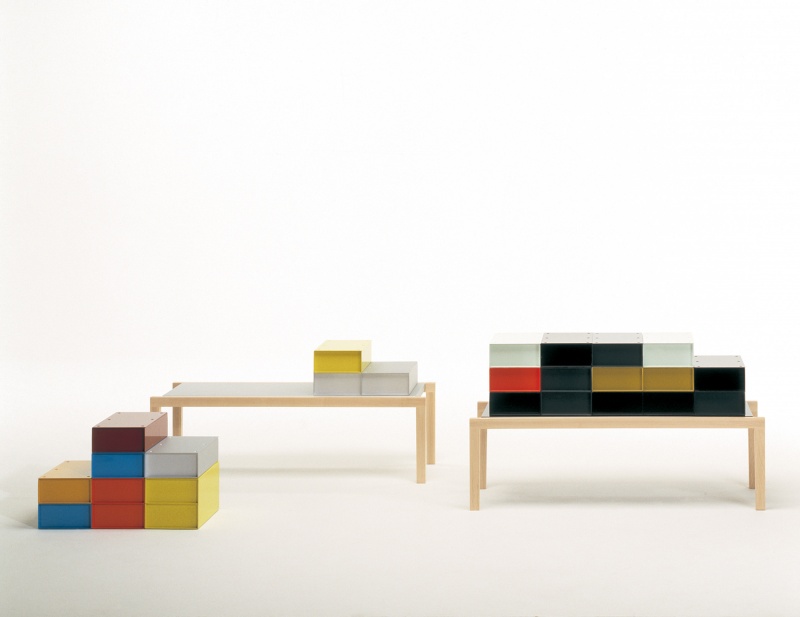
——————
[1] 图片来源:https://www.behance.net/gallery/99287663/Phloss
Q10
有哪些后疫情时代的习惯彻底改变了你的设计思维?
Do you know about any designers that are representative in your field that you like? And why?
A:
当涉及到新产品时,疫情设计师必然需要考虑卫生问题。人们现在已经清楚地意识到清洁度差所带来的风险,而且在相对较短的时间内,人们的行为已经发生了巨大的变化。
Post covid designers will of course need to consider hygiene when it comes to new products. People are unfortunately now well aware of the risks that come with poor cleanliness and behaviours have changed hugely in a relatively short period of time.
资料来源 | Charlie Boyle
采访 | Giada 周思祎
排版 | 毕文立
新锐设计师所展示出的蓬勃力量令人激动。我们希望尽最大可能为青年一代设计师搭建最大的舞台并提供最好的资源。希望中意青年未来时尚设计大赛能使你们的才华得以展现。
中意青年未来时尚设计大赛已经启动
扫描下方二维码进入报名系统
关注清华大学中意设计创新基地获取更多大赛信息

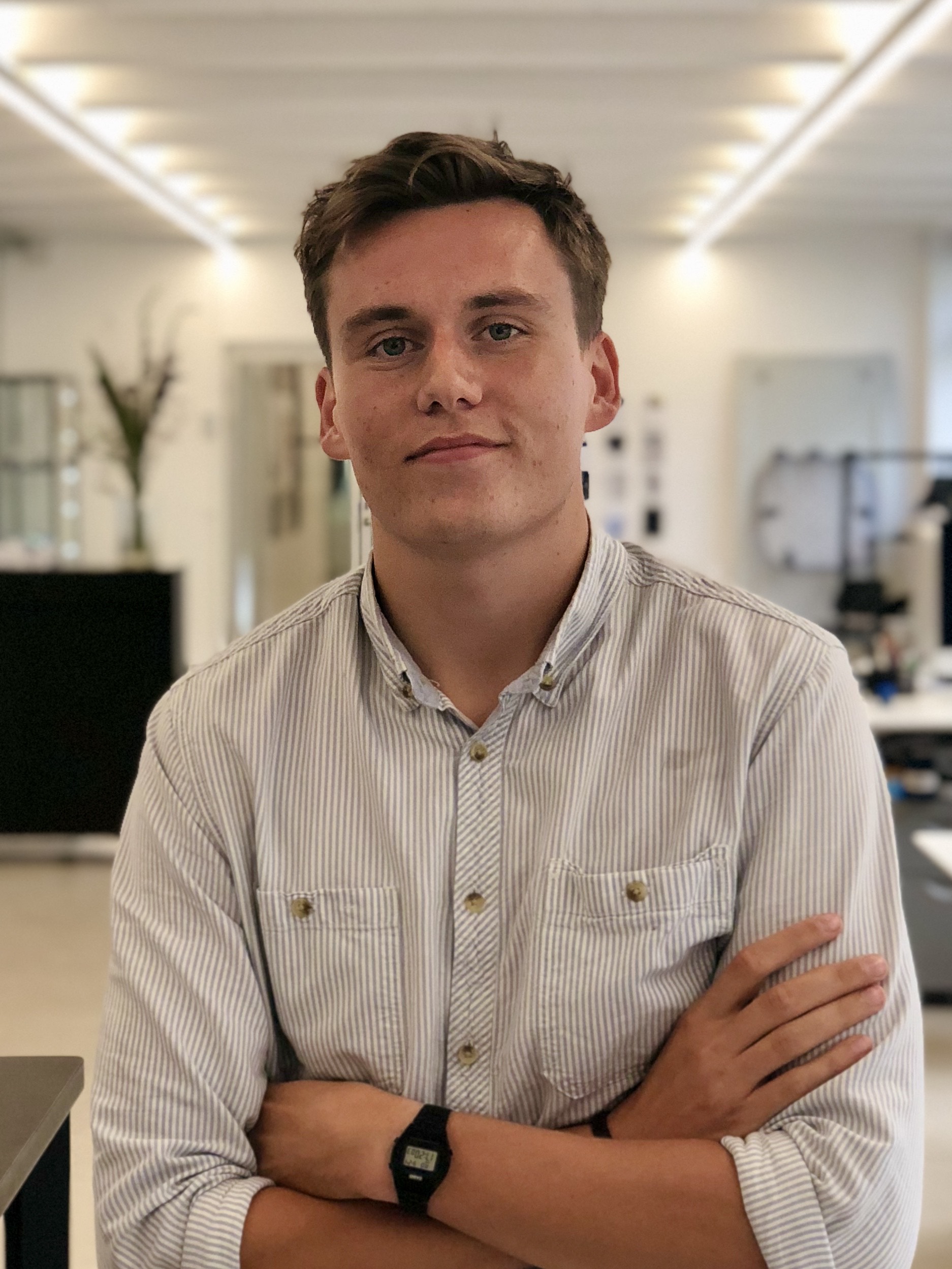
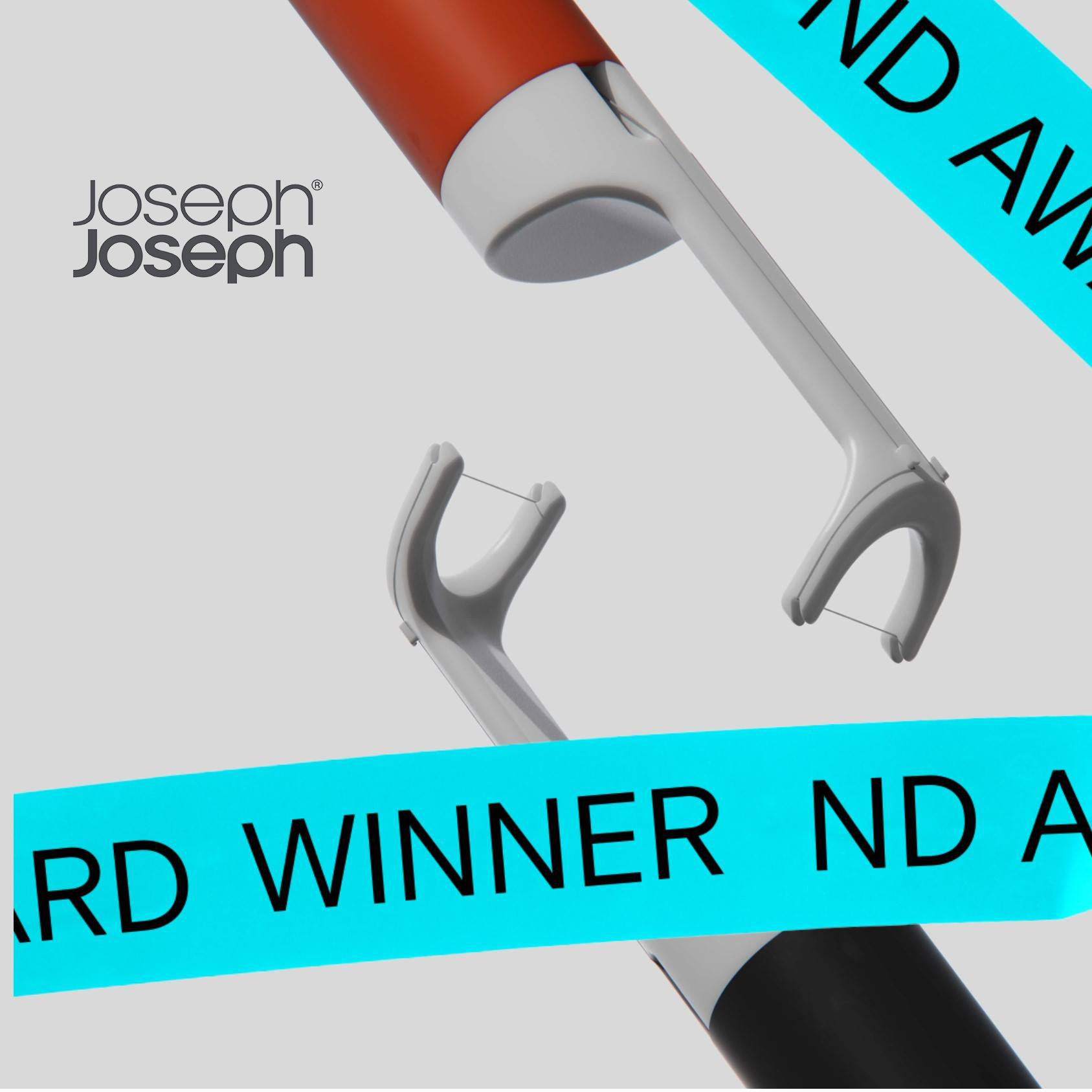










 Q3
Q3 












